Smoking Room CFD Simulation Using Intake Fan – ANSYS Fluent Tutorial
Smoking Room CFD Simulation Using Intake Fan – ANSYS Fluent Tutorial
- Upon ordering this product, you will be provided with a geometry file, a mesh file, and an in-depth Training Video that offers a step-by-step training on the simulation process.
- For any more inquiries regarding the product, please do not hesitate to reach out to us at info@CFDLAND.com or through our online support assistant.
€155.00 Original price was: €155.00.€125.00Current price is: €125.00.
Introduction to CFD Simulation of Smoking Room with Intake Fans
Smoking rooms require specialized ventilation systems to protect non-smokers from secondhand smoke while maintaining acceptable air quality inside. Smoking room CFD analysis helps engineers design effective ventilation using intake fans and exhaust fans to control smoke movement and ensure proper air exchange rates. The challenge is balancing negative pressure to prevent smoke leakage while providing enough fresh air through intake fans for comfortable breathing. ANSYS Fluent simulations predict smoke particle trajectories, concentration levels, and removal efficiency for different fan configurations and room layouts, making it a powerful tool for smoke simulation Fluent. Smoking room Fluent models include species transport equations to track tobacco smoke components like particulates and carbon monoxide through the space. The intake fan CFD analysis, a key part of this ventilation CFD for smoking rooms, considers proper fan placement to create airflow patterns that quickly capture and remove smoke before it spreads. This type of air quality CFD is crucial for occupant safety. Ventilation CFD studies show that ceiling exhaust fans combined with low-level intake fans create the most effective smoke removal patterns. Modern smoking-room ventilation systems maintain negative pressure of 5-15 Pascal while achieving 60-100 air changes per hour to meet indoor air quality standards. Effective intake fan CFD modeling is essential for these designs.
Figure 1: Schematic of a smoker during smoking in a smoking room CFD model
Smoking Room CFD Simulation Process
The smoking room CFD model includes a realistic 3D geometry with a human figure representing the smoker positioned inside the enclosed space. We applied fan boundary conditions in ANSYS Fluent using performance curves that define the relationship between pressure jump and flow rate for the intake fan. This is a critical step in setting up an ANSYS Fluent smoking-room simulation. The Fluent meshing tool generated polyhedral cells, suitable for Fluent meshing for indoor environments with complex geometries. Species transport equations track four components: oxygen and nitrogen for air, CO2 from exhalation, water vapor, and smoke particles, making this a detailed species transport CFD simulation. The transient simulation captures how smoke spreads from the source and how quickly the ventilation system removes it over time. Each time step, allowing the smoking-room Fluent model to show realistic smoke plume development and dispersion patterns. The intake fan CFD setup includes swirl and turbulence effects that influence how fresh air mixes with contaminated room air.
Smoke CFD Analysis: Post-processing Smoking Room Ventilation
The smoke concentration reaches maximum values of 0.0097 mass fraction directly around the smoker’s mouth and cigarette, creating a localized high-concentration zone that the ventilation system must quickly remove. This detailed smoke concentration CFD is a key output. Smoking room CFD results confirm that the intake fan successfully creates airflow patterns that sweep smoke particles toward the exhaust opening on the right side of the room. The smoke plume follows natural buoyancy patterns, rising from the cigarette source before being captured by the horizontal airflow created by the ventilation system. Concentration levels drop rapidly with distance from the source, reaching near-zero values in the upper left corner of the smoking room, proving the exhaust system effectively prevents smoke accumulation in dead zones. The smoking-room Fluent simulation, visualized through ANSYS Fluent smoke visualization tools, captures how smoke particles mix with room air while being transported toward the exhaust, maintaining acceptable air quality throughout most of the space.
Figure 2: Smoke Mass Fraction Distribution in Smoking Room
The velocity field reaches peak values of 15.1 m/s at the intake fan location, creating the driving force needed for effective smoke removal throughout the smoking room. Intake fan CFD analysis results prove that proper fan sizing generates sufficient airflow to overcome smoke buoyancy and transport contaminants to the exhaust before they can spread to other areas. The 3D CO2 distribution pattern mirrors the smoke transport behavior, with maximum concentrations of 0.01 mass fraction near the smoker and rapid dilution as the ventilation system removes exhaled gases. Ventilation CFD results demonstrate that the intake fan creates a sweeping airflow pattern that captures both smoke particles and CO2 from human respiration, maintaining the negative pressure needed to protect adjacent spaces. This highlights the ventilation effectiveness CFD of the design. The ANSYS Fluent simulation confirms that this smoking-room design achieves effective contaminant removal while providing adequate fresh air supply for occupant comfort.
Figure 3: Velocity Distribution showing Fan removing smoke
We pride ourselves on presenting unique products at CFDLAND. We stand out for our scientific rigor and validity. Our products are not based on guesswork or theoretical assumptions like many others. Instead, most of our products are validated using experimental or numerical data from valued scientific journals. Even if direct validation isn’t possible, we build our models and assumptions on the latest research, typically using reference articles to approximate reality.
Yes, we’ll be here . If you have trouble loading files, having technical problems, or have any questions about how to use our products, our technical support team is here to help.
You can load geometry and mesh files, as well as case and data files, using any version of ANSYS Fluent.
€195.00 Original price was: €195.00.€155.00Current price is: €155.00.

€310.00 Original price was: €310.00.€170.00Current price is: €170.00.

€175.00 Original price was: €175.00.€115.00Current price is: €115.00.

€210.00 Original price was: €210.00.€155.00Current price is: €155.00.

€105.00 Original price was: €105.00.€65.00Current price is: €65.00.

€120.00 Original price was: €120.00.€75.00Current price is: €75.00.








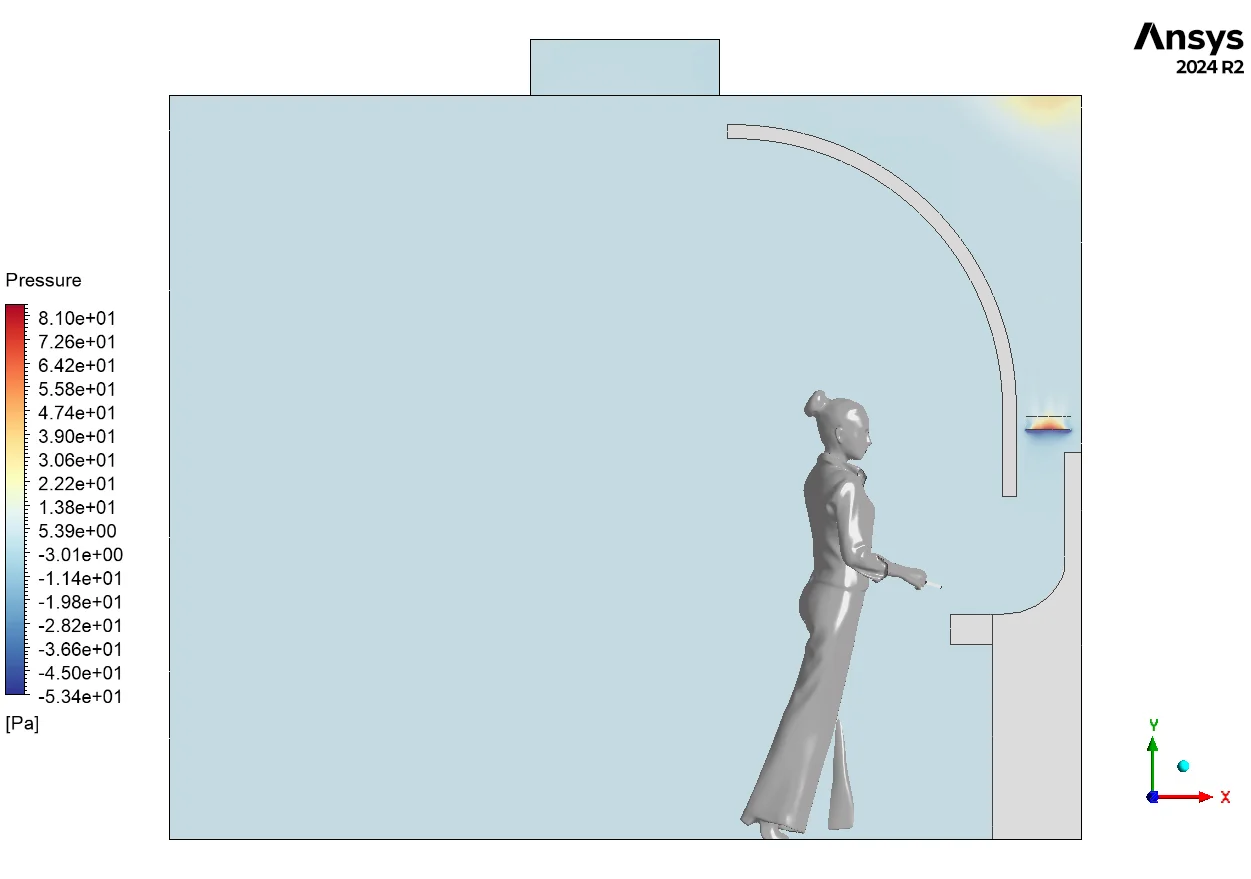
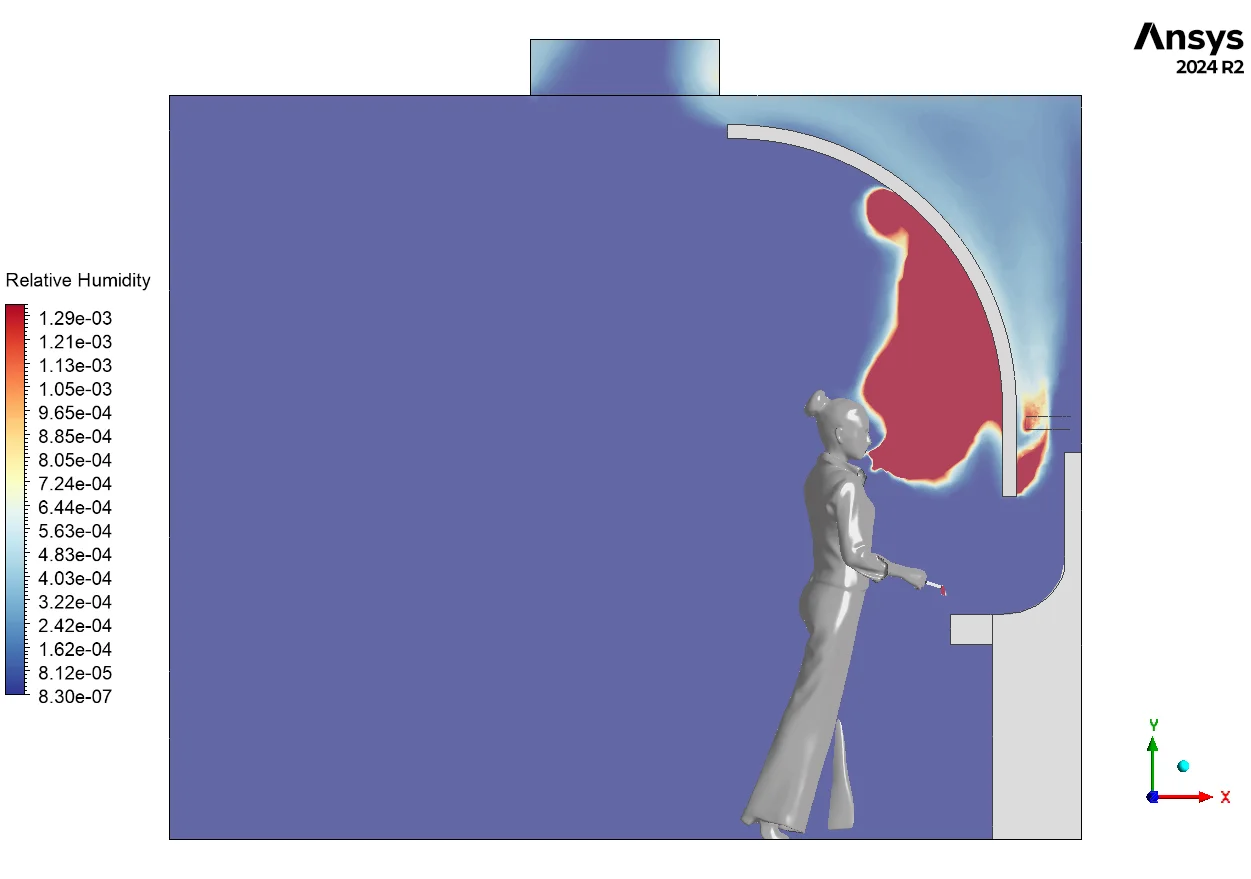
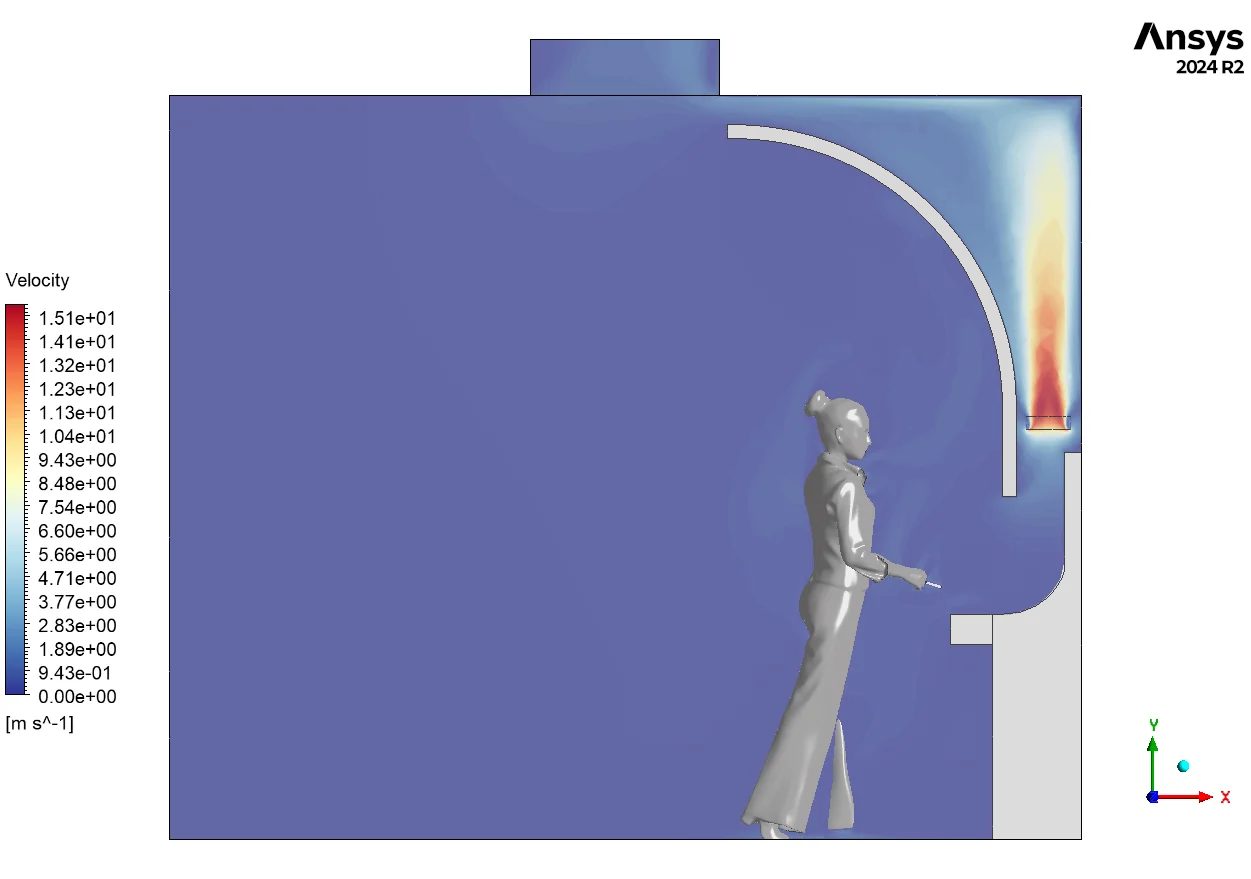
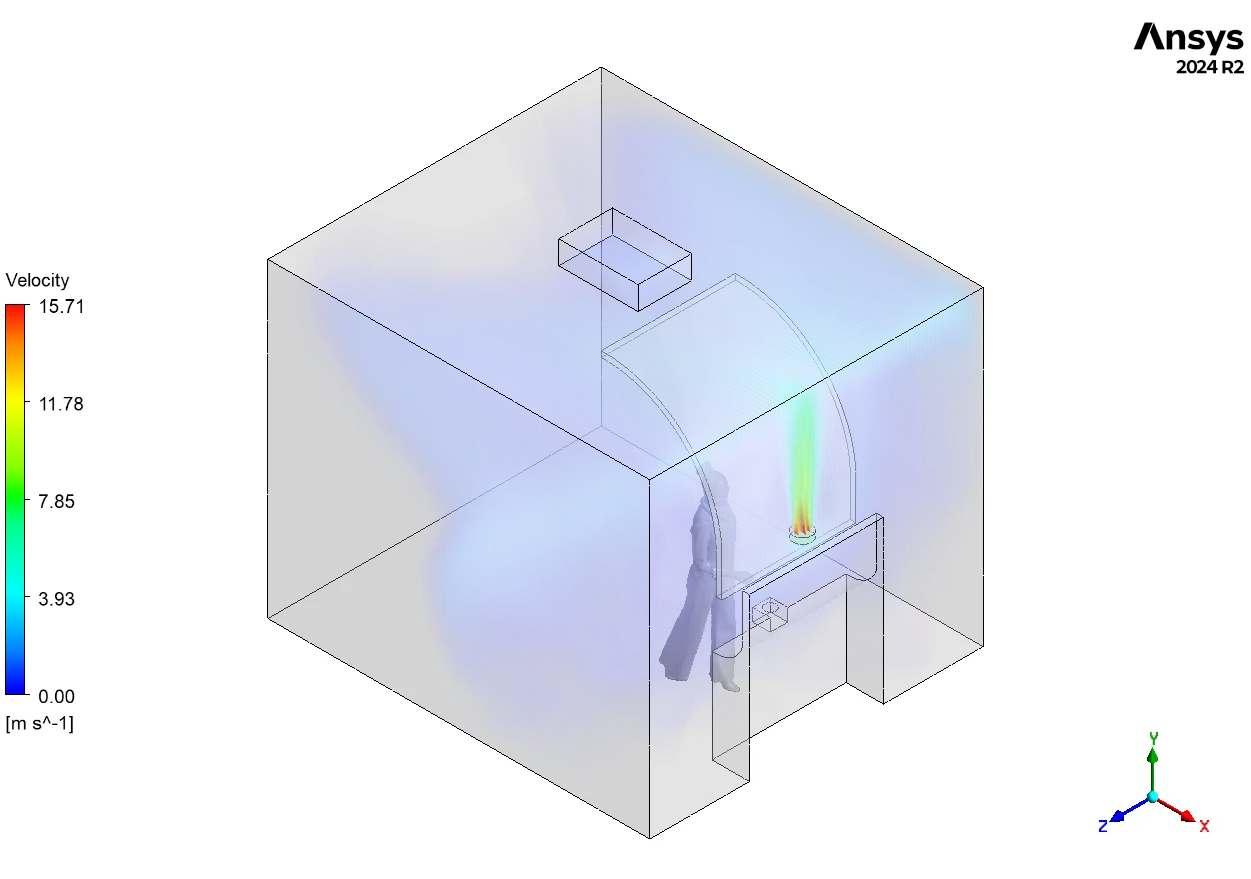
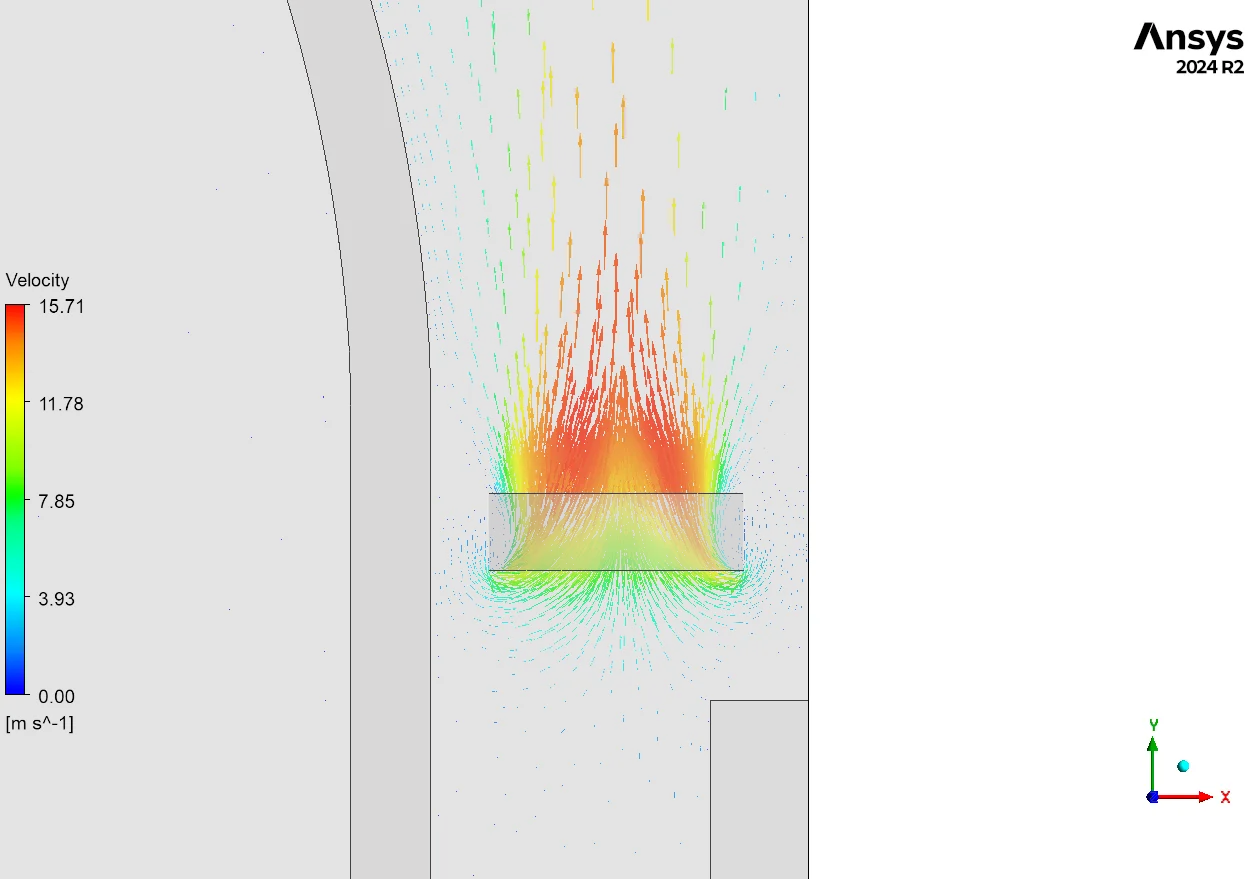
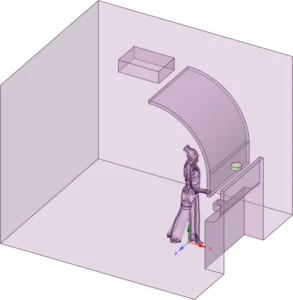

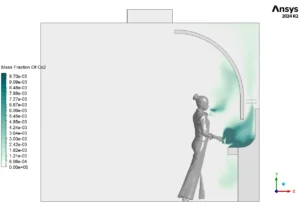









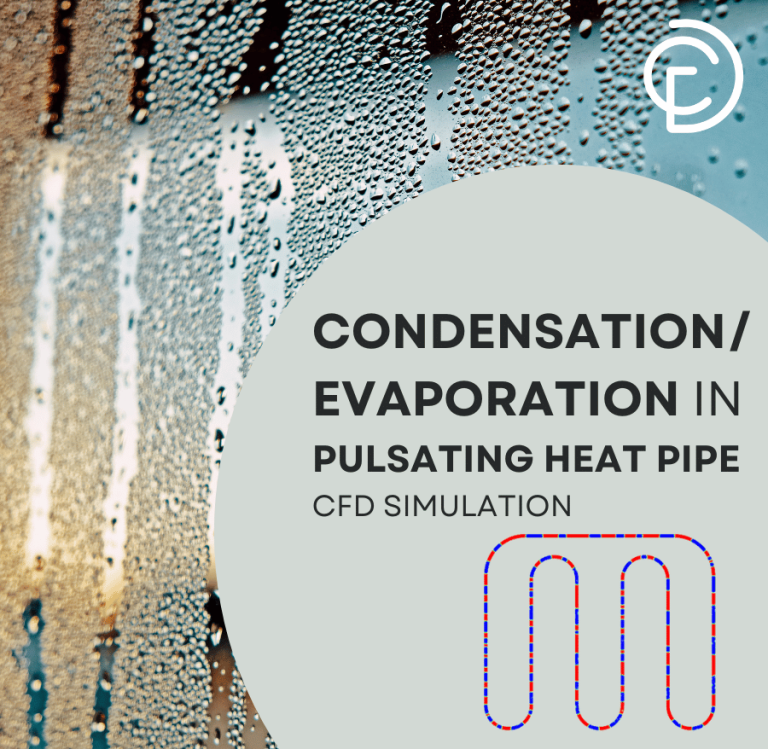
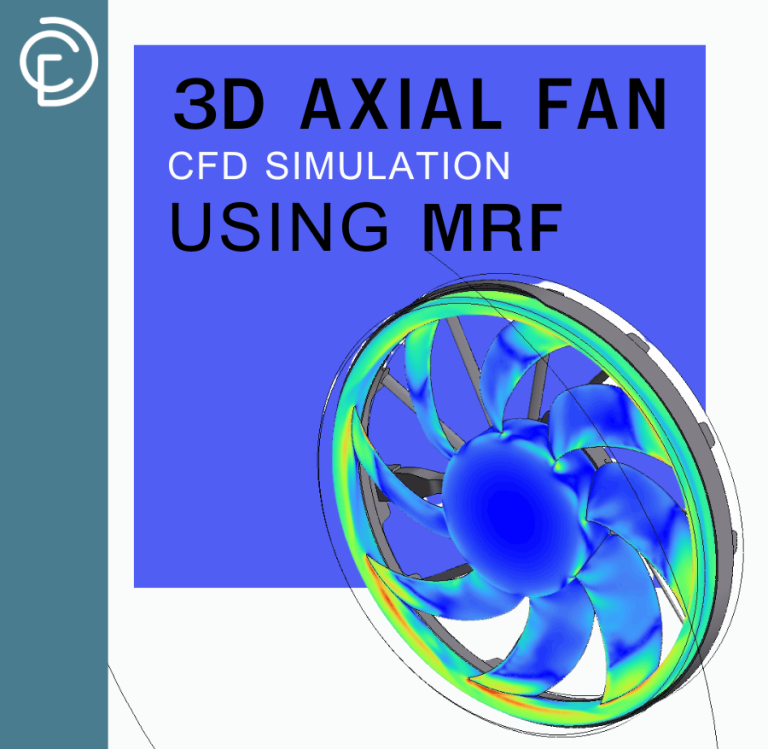
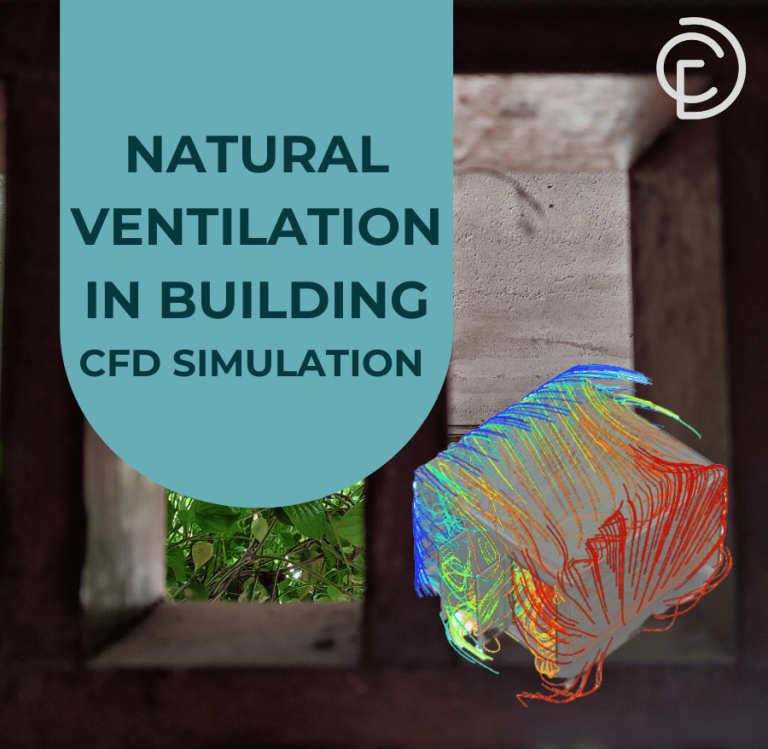
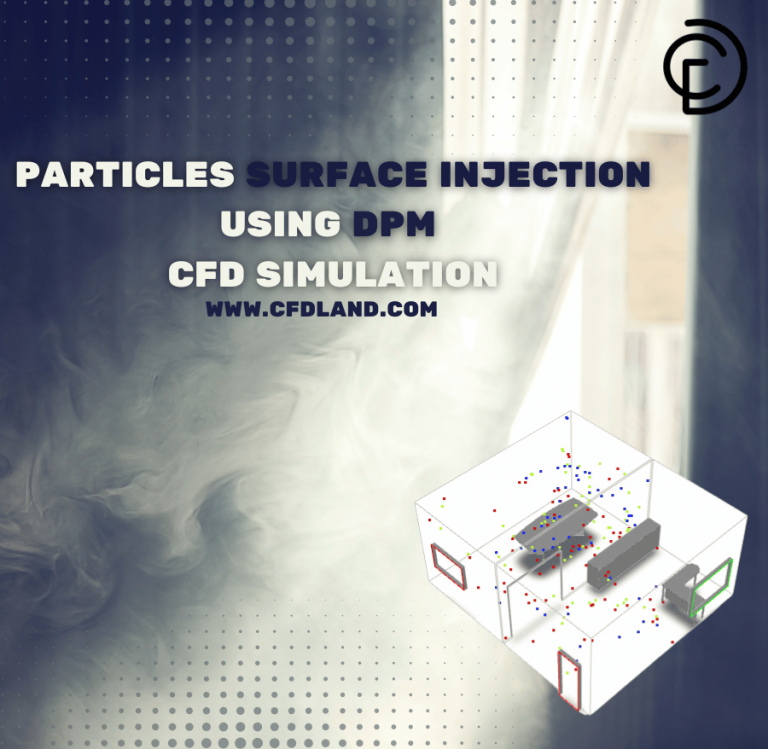
Reviews
There are no reviews yet.